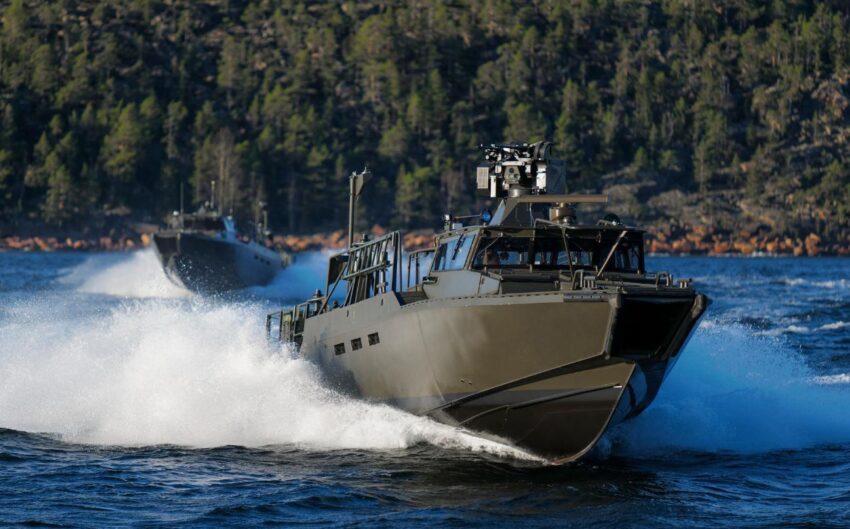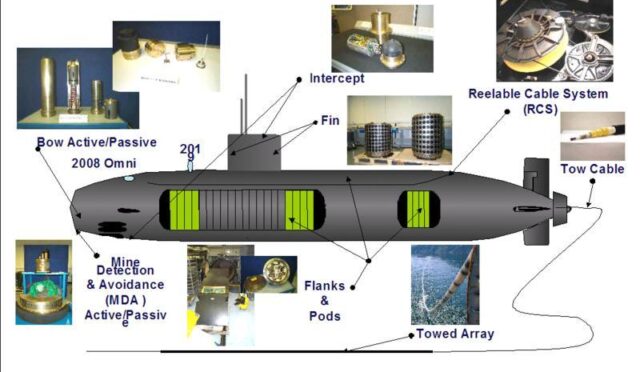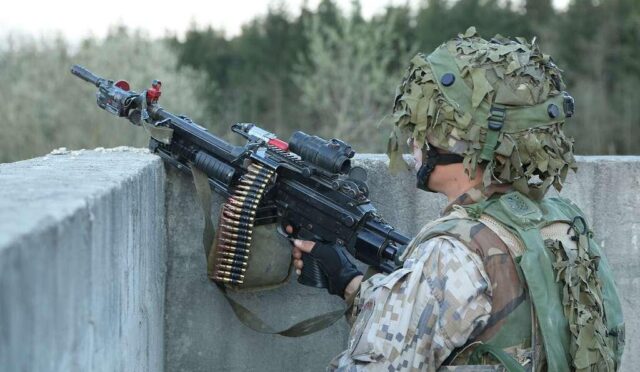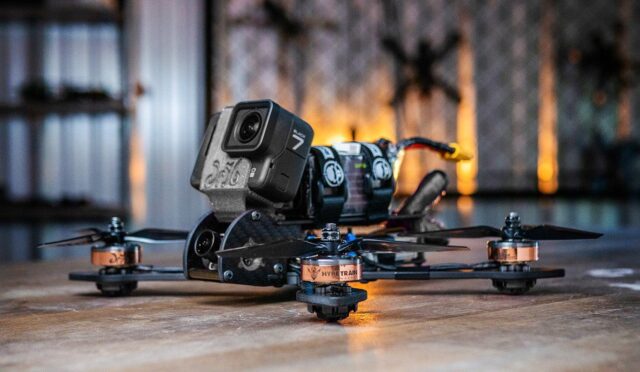Revolutionizing Naval Mine Clearance
The Royal Navy has taken a significant leap forward by integrating a trio of advanced unmanned minesweeping vessels into its fleet. These state-of-the-art vessels are designed to outsmart sea mines, triggering detonation without posing a threat to naval operations. By imitating the signatures of actual naval ships, the Combined Influence Minesweeping (SWEEP) system is capable of detecting and neutralizing modern digital mines that specifically target military vessels.
Unlike traditional mine-hunting techniques, which typically involve locating mines before neutralizing them, the SWEEP system combines both functions seamlessly. This innovation allows forces to deploy the vessels swiftly from land, air, or water, all while maintaining the safety of personnel through a remote control command center.
A Game-Changer for Naval Safety
Jonathan Reed-Beviere from the Royal Navy expressed excitement over this technological advancement, stating, “Receiving the first fully autonomous minesweeping system is truly transformational.” He highlighted the capability of this uncrewed technology to deceive mines into detonating safely. Reed-Beviere emphasized that this flexible and portable system is essential for securing ships against contemporary mine threats, ultimately protecting sailors and restoring effective minesweeping capabilities that have been absent since 2005.
The last instance of remote minesweeping operations by the Royal Navy took place near Iraq in 2003, with traditional minesweeping efforts concluding in 2005 with the HMS Ledbury. This new advancement marks a sharp pivot in the Royal Navy’s approach to tackling the threats posed by naval mines.
Homegrown Technology Meets Global Challenges
Developed by Dorset-based TKMS Atlas UK Ltd, the SWEEP system was manufactured under a substantial £25 million contract. This investment focuses on enhancing the Royal Navy’s capabilities, incorporating sophisticated ‘sense and avoid’ functionalities that allow the system to interact with other autonomous technologies in the UK fleet. This includes the Maritime Mine Counter Measures system and SeaCat Uncrewed Underwater Vehicles.
With increasing global tensions and the looming threat of Russian sea mines, the Royal Navy’s ability to maneuver freely in international waters is more critical than ever. Andy Lapsley, Mine Hunting Capability Team Leader at the UK’s Defence Equipment and Support, underscored the importance of this technology in enabling personnel to combat the ever-evolving dangers posed by naval mines more effectively.
Aligning Technology with Strategic Goals
The introduction of these three SWEEP systems represents a crucial advancement towards maintaining maritime security and ensuring safe passage for Royal Navy vessels. Enhancing operational effectiveness against naval mines aligns with the broader objectives set out in the Strategic Defence Review, which promotes increased utilization of new autonomous innovations.
The focus on developing advanced technology not only aims at bolstering the Royal Navy’s defensive capabilities in the North Atlantic and beyond but also emphasizes a strategic shift in naval warfare. By prioritizing autonomous systems, the Royal Navy is reinforcing its commitment to protect national interests at sea.







